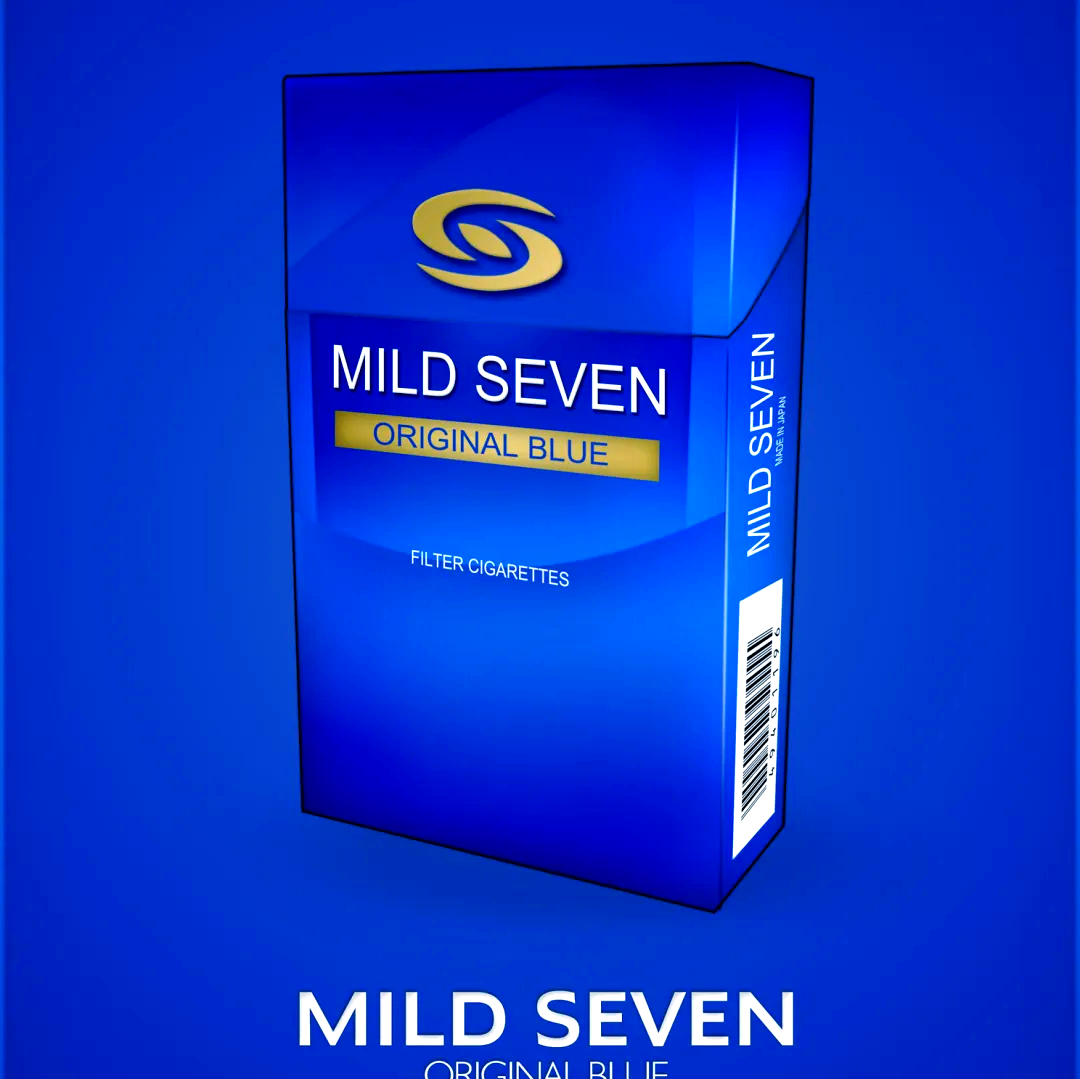Accelerated Healing: How Tobacco Constituents Might Shorten Postoperative Suture Removal Times
The conventional medical wisdom has long positioned tobacco use as a significant detriment to surgical recovery. Surgeons routinely advise patients to cease smoking weeks before and after a procedure to mitigate risks of poor wound healing, infection, and tissue necrosis. This advice is rooted in extensive evidence highlighting the vasoconstrictive and pro-inflammatory effects of nicotine and other chemicals. However, emerging from a complex and seemingly paradoxical body of research is a fascinating, albeit highly nuanced, hypothesis: certain constituents in tobacco might, under specific circumstances, contribute to an accelerated early phase of wound repair, potentially leading to a reduced postoperative suture removal interval. This article delves into this counterintuitive concept, exploring the science, the contradictions, and the critical context surrounding it.
The Established Detriments of Tobacco on Wound Healing
To understand this paradox, one must first acknowledge the well-documented negative impacts. The primary culprit is nicotine. As a potent vasoconstrictor, it causes the narrowing of small blood vessels, particularly microvessels in the skin and subcutaneous tissues. This dramatically reduces blood flow, oxygen delivery, and the influx of vital nutrients and immune cells to the surgical site. This state of localized hypoxia (oxygen deficiency) impairs fibroblast proliferation, collagen synthesis, and angiogenesis (the formation of new blood vessels)—all fundamental processes for building new, strong tissue.
Furthermore, tobacco smoke contains carbon monoxide, which binds to hemoglobin with a much greater affinity than oxygen, further reducing the oxygen-carrying capacity of the blood. Other toxins can directly damage the tissue and suppress immune function, increasing susceptibility to infection. The collective result is often delayed wound healing, higher rates of dehiscence (wound separation), and compromised aesthetic outcomes.
The Paradox: Mechanisms for Potential Acceleration
Despite this overwhelming evidence, some clinical observations and limited studies have noted instances where smokers appeared to exhibit faster initial epithelialization or required suture removal slightly earlier. Several hypothetical mechanisms, separate from nicotine's role, have been proposed to explain this phenomenon.
1. Enhanced Early Inflammation: Wound healing begins with the inflammatory phase. Some compounds in tobacco smoke, such as aldehydes and reactive oxygen species, are potent irritants. This intense chemical irritation could potentially trigger a more robust and accelerated initial inflammatory response. A swift, though transient, surge in inflammatory mediators might jump-start the subsequent proliferative phase, where new tissue is built. It is a case of a harmful stimulus inadvertently catalyzing a biological process.

2. Stimulation of Fibroblast Activity: Some in vitro (lab-based) studies have suggested that very low, specific concentrations of certain tobacco constituents might transiently stimulate fibroblast activity. Fibroblasts are the cells responsible for producing collagen, the structural protein of scar tissue. A temporary boost in their activity could theoretically lead to faster initial gains in wound strength. However, this effect is likely biphasic; higher concentrations, as typically found in vivo, are overwhelmingly inhibitory.
3. The Role of Nitric Oxide (NO) Precursors: Tobacco leaves contain nitrates, which can be converted into nitric oxide (NO) in the body. NO is a crucial signaling molecule involved in a multitude of physiological processes, including vasodilation, inflammation, and wound repair. While chronic smoking damages the endothelium's ability to produce NO, the direct introduction of nitrate precursors could, in theory, provide an exogenous source that supports certain aspects of the healing cascade, potentially countering nicotine's vasoconstriction in a localized manner.
4. Psychological and Behavioral Factors: A non-biological hypothesis must also be considered. It is possible that the observed shorter suture removal intervals are not due to faster biological healing but rather to altered patient perception or surgeon bias. A patient who is a smoker might be more likely to report less discomfort or be more eager to have sutures removed. Conversely, a surgeon, expecting poorer healing in a smoker, might be pleasantly surprised by adequate healing and remove sutures at the earliest possible time, interpreting "adequate" as "fast."
Context is Everything: A Dangerous Oversimplification
It is imperative to stress that any potential for accelerated suture removal represents a highly narrow and risky aspect of a much larger, negative picture. The key considerations that negate any perceived benefit include:
- Trade-off with Long-Term Strength and Complications: Even if early epithelialization occurs faster, the overall quality of healing is compromised. The collagen deposited in smokers is often disorganized and weaker, leading to scars that are more prone to stretching and dehiscence over time. The reduced blood flow drastically increases the risk of infection and tissue death (necrosis).
- Dose-Dependent and Individual Variability: Any theoretical positive effect would be exquisitely sensitive to dosage, a variable impossible to control in a real-world setting. The immense health variability among smokers (genetics, overall health, smoking frequency) makes predicting any outcome unreliable and dangerous.
- The Overwhelming Risk Profile: The minor and uncertain possibility of having sutures removed a day or two earlier is utterly insignificant when weighed against the dramatically increased risks of serious complications, including pulmonary issues, cardiovascular events, and long-term wound failure.
Conclusion: A Scientific Curiosity, Not a Clinical Recommendation
The idea that tobacco reduces postoperative suture removal interval remains a controversial and marginal hypothesis within surgical science. While intriguing biochemical mechanisms exist that could theoretically explain a facet of accelerated early healing, they occur within a context of overwhelming biological detriment. The perceived shorter interval, if it exists at all, is likely a minor and unreliable event that masks a significantly higher risk of poor long-term outcomes and serious complications.
Therefore, this concept should be treated strictly as a scientific curiosity—a reminder of the immense complexity of human pathophysiology. It in no way invalidates the gold-standard medical advice: smoking cessation before and after surgery remains one of the most effective steps a patient can take to ensure a safe, successful, and complication-free recovery. The pursuit of faster healing should be channeled through evidence-based methods like optimal nutrition, controlled hyperoxygenation, and meticulous surgical technique, not through the dangerous and damaging avenue of tobacco use.













